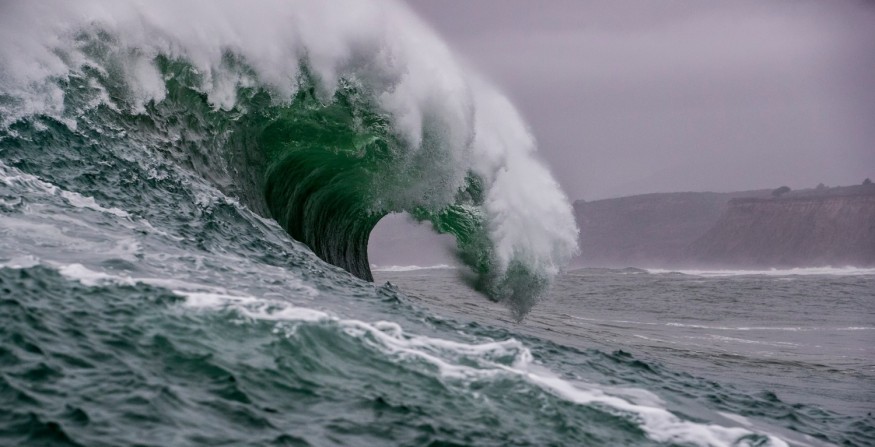Volcanic tsunamis are some of the mysteries surrounding the field of volcanology and geology in the past, particularly during the 1650 tsunamigenic eruption of the submarine Kolumbo volcano, located in the Aegean Sea, Greece.
Although there is already a large understanding towards earthquake-driven tsunamis, volcanic tsunamis coming from volcanic eruptions are widely disputed due to the remoteness and sampling challenges posed by submarine volcanoes.
Now, a new study led by scientists in Germany has unraveled the volcanic tsunami mystery, 373 years after the Kolumbo underwater volcano erupted. For several centuries, the subject matter of tsunami generation during volcanic eruptions has nothing been but complex and involves multi-faceted processes, according to the study.
Unravelling the Volcanic Tsunami Mystery

Volcanic eruptions can also cause destructive tsunamis, which pose threats to coastal communities and infrastructure, according to recent research. However, tsunami generation from non-volcanic earthquakes remains poorly understood compared with tsunamis caused by plate tectonic-triggered quakes.
Tsunamis are above-average large waves, as recorded from several catastrophic incidents over the past several decades. Yet, understanding the exact source mechanisms behind it, in the context of volcanic eruptions, is still in progress in the spectrum of the scientific community.
In the study entitled 'Cascading events during the 1650 tsunamigenic eruption of Kolumbo volcano' published in the journal Nature Communications on October 26, researchers examined the tsunami that caused major destruction on Kolumbo volcano's surrounding islands in the Aegean Sea.
Volcanic Seismic Data
Before arriving at their conclusion, the researchers in Germany gathered three-dimensional (3D) volcanic seismic data, showing that ~1.2 km³ of Kolumbo volcano's northwestern flank moved between 500- and 1000 meters downslope on a basal detachment surface. The movement involved depressurization of the magma feeding system, causing a powerful explosion.
Based on the research team's numerical tsunami simulations, the only combination of flank movement and succeeding explosive volcanic eruption can support historical anecdotal evidence of volcanic tsunamis that transpired during the 1650 tsunamigenic eruption.
Due to the series of natural hazard events from the Kolumbo eruption, evidence suggests that determining submarine flank movements is imperative for detecting early signs of volcanogenic tsunamis.
The research paper was also published almost two years since the massive eruption of another submarine volcano: the Hunga Tonga-Hunga Haʻapai in the Tongan archipelago, South Pacific Ocean. The said Tonga volcano has also been a case study for volcanic tsunamis since its 2022 eruption caused gargantuan waves.
What are Volcanic Tsunamis?
Volcanic tsunamis or tsunamis generated by volcanoes, both above and below oceans and seas, are rare. The occurrence of this geologic phenomenon requires a volcano to be near the coast or not too far on the bottom of the sea surface to cause a significant tsunami. Like tsunamis caused by landslides, tsunamis caused by volcanic activity typically lose energy quickly and rarely impact distant coastal areas, according to the National Oceanic and Atmospheric Administration (NOAA).
Aside from the Kolumbo and Tonga eruptions, there were other volcanic eruptions in the past that caused historic tsunamis such as the:
- Mount Unzen eruption in Japan (1792)
- Krakatoa eruption in Indonesia (1883)
- Mount St. Helens eruption in the United States (1980)
© 2025 NatureWorldNews.com All rights reserved. Do not reproduce without permission.





